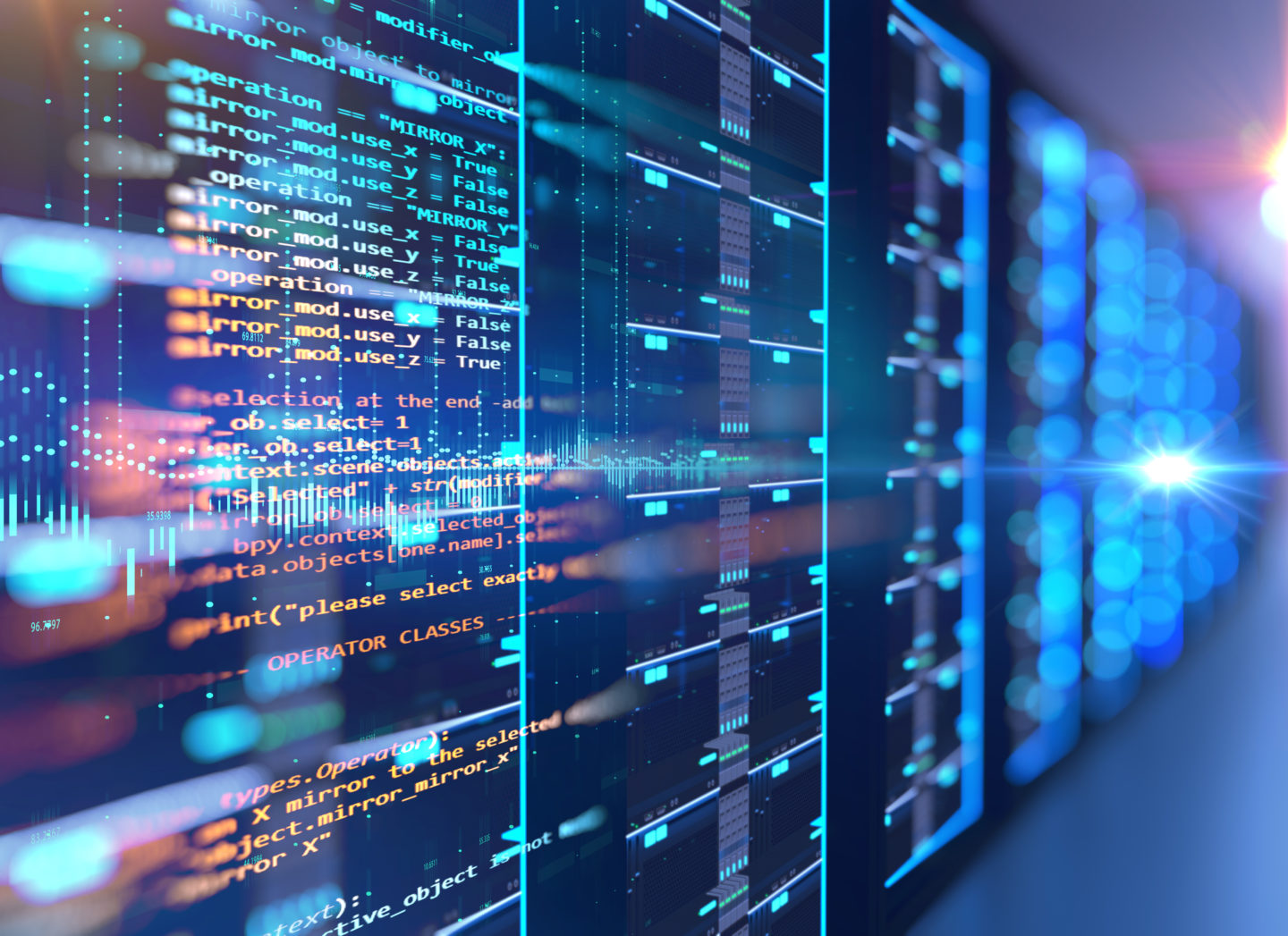Despite our confidence in the process, we do often encounter reluctance. Understandably, people can be hesitant to let go of years of hard-won experience and place full confidence in a machine. Another way that we see this issue manifest is in the reluctance we sometimes see in attributing our insights to an AI. Colleagues are often wary, as they feel that the AI label could undermine confidence in the approach they are suggesting.
We also made mistakes in this regard, by expecting that our approach would be accepted as a given. It’s been necessary for us to spend a great deal of time refining the way that results are presented and the context that we provide around our data to gain greater acceptance.
For example, one key aspect in overcoming skepticism has been to put the technology into a more familiar context. So instead of presenting results in a spreadsheet or PowerPoint document, some of our AI-driven research is formatted in a way that more closely resembles a human analyst’s report. We’ve found that when people consume insights in familiar ways, they are more likely to embrace the outcomes, and in turn the technology behind them.
And once we get that acceptance, we see how engaged people become with this new paradigm, particularly due to the elimination of repetitive processes and routine tasks, thereby augmenting and streamlining many human activities. AI is unlikely to unseat workers, but it will increasingly come into its own as a valuable tool for marketing and communications.
Demand across Siemens for these insights has been high, with most of the major divisions leveraging the AI to improve marketing effectiveness and enlarge returns. While Siemens is pioneering this technique today, we believe it will become a cornerstone of marketing communications in the future.
We are also seeing multiple possibilities for this technology in other functions. The ability to understand conversations at global scale, and the ability to link data sets together, has created interest among many of our colleagues in different departments. For example, how can we understand global sentiments and trends to optimize supply chains? What can advertising trends on recruiting platforms tell us about employee needs, or even competitor strategy?
We are excited about the many possibilities that we see here. It’s little wonder that AI is being billed as one of the most significant technologies of our time. We are convinced of the huge change and benefits it will bring, and of the fact that businesses and employees alike will need to be ready for the journey ahead.

Audio available

 Audio available
Audio available




